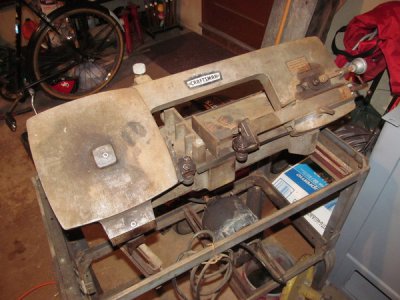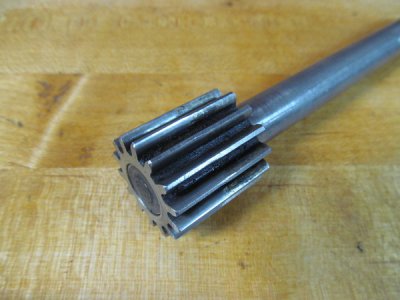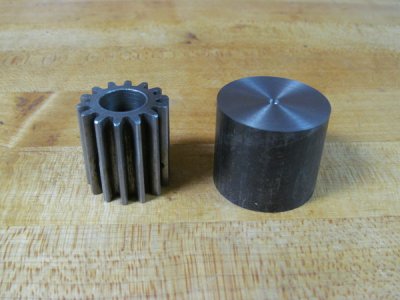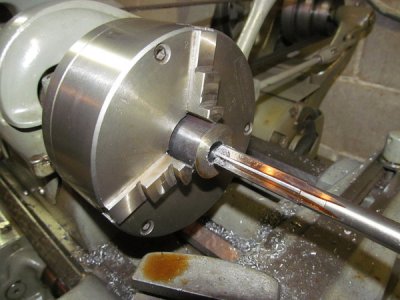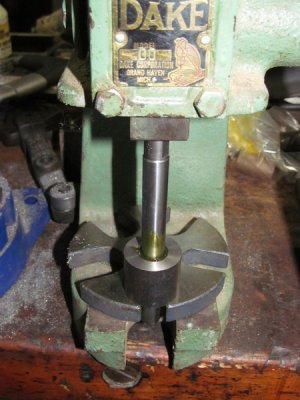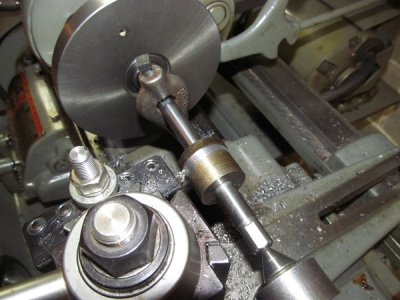- Joined
- Dec 22, 2011
- Messages
- 310
Here is a switch from A Sawmaster posted by AR1911. The whole picture is the top group of the forum. I zoomed in to see how it was actually made. This appears simple and functional. Not sure of any down-side features but a lot more simple to include then the larger slant block and rod. I haven't looked at the back side curve for the clearance of the switch but another feature to consider.
The only downside I see to that setup is that if you want to turn the machine off manually, you have to be real quick so as not to get your fingers smashed.

